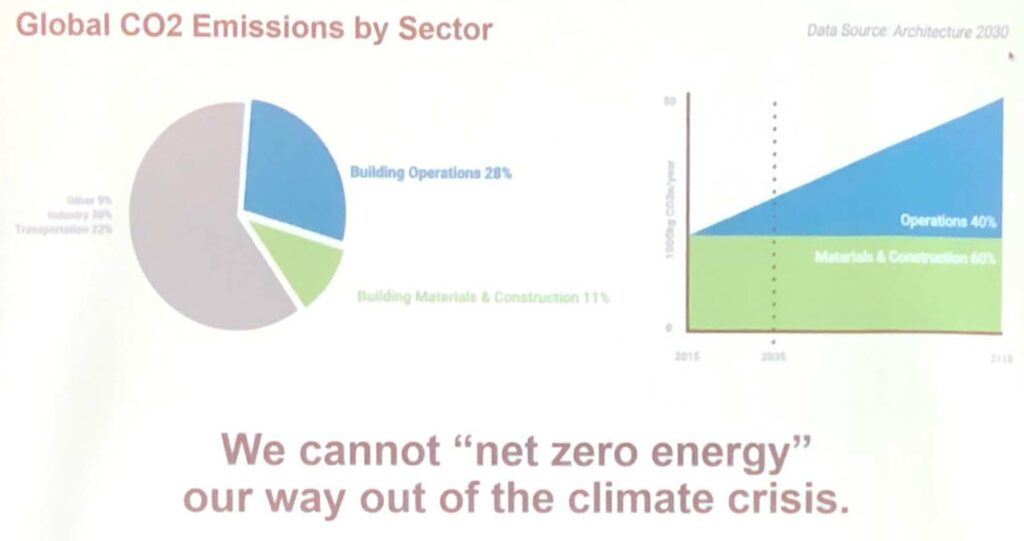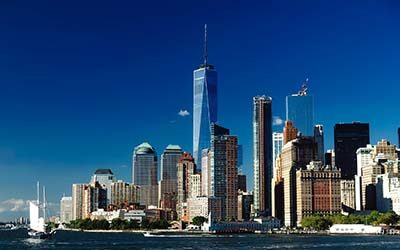In British Columbia, and for that matter in Canada abroad, we have a nationally mandated “greening” of the building code (the technical rules which govern how we construct built environments) that is taking effect over the next 10–12 years. It is called a step code because it involves 5 separate steps toward all new buildings being “net zero ready”. That means that any building built to the 5th and final step, with some solar panels, geothermal or wind energy, should be functional without requiring any utility energy.
If this sounds progressive — it is in many ways. Far ahead of many G20 countries. Certainly some will argue these sorts of initiatives are too few and far between. That we don’t have 12 years to make this soft transition. Others will counter than Canada’s economy is too closely tied to the resource development and production sectors and that we cannot quickly/easily move away from our history there. Canada’s energy, so far as fossil fuel energy goes, is the cleanest in the world fromthat perspective.
I have been building “green”, or more aptly named, sustainable homes, for well over a decade. Being one of the earliest certified sustainable builders in my community (Okanagan Valley, BC) in 2006, has allowed me to see the evolution from a fringe, tertiary interest in the real estate market to a feature required as a baseline by many customer’s standards. Sustainable construction techniques, systems and methodology aren’t difficult to find in 2019.
But, we may have been fooled. Unintentionally fooled, yes, but fooled none the less. Much of sustainable construction focuses around energy efficiency, and rightly so, however while attending a progressive sustainable construction, design and more conference in April — “Living Future Conference” — I was educated on some facts that energy efficiency is not created equal. We need to take a small step back to understand why.
The primary goal of energy efficiency is to to reduce our carbon footprint. Some energy sources, say coal, have a significantly larger carbon footprint than other energy sources, say hydro electricity. Most sustainability programs, including the step code I’ve mentioned here, focus heavily on energy efficiency. Carte blanche.
This last part was the most epiphany-like for me. Here is a photo of a graph shared at the conference:

When we use materials with high eCO2e, the manufacture, installation and off gassing of those materials emits more carbon than using basic code minimum construction (ie the lowest forms of construction you can legally build) over the life of that built environment. In other words, you’re better off using no highly energy efficient, air tight spray foam (or, likely, any plastic/petro-chemical derived material) than you are using them in any fashion.
I hate posing a problem without a solution. Here is said solution. This graph illustrates the insulation values relative to the carbon impact of the chosen insulation material:

And one more, which graphically illustrates the operations carbon impact over the lifetime of a building, versus the carbon impact of the materials selection in said building:

As with many complex problems, we have possibly created additional challenges through our noble aim of trying to solve energy efficiency. Better to learn now, than never, mind you.
What you measure gets managed. We need to be aware of how we achieve energy efficiency, not only its simple achievement.




